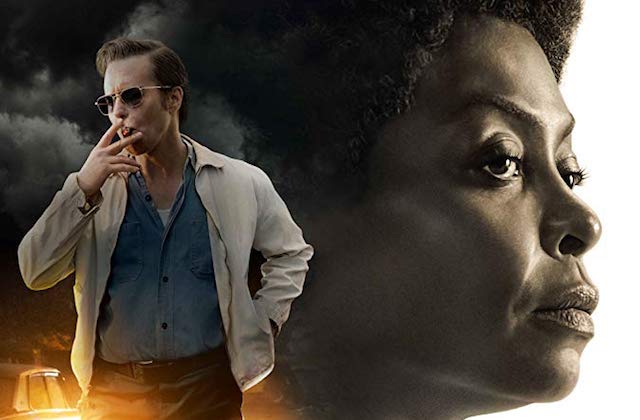“Green Book” recently mined the age-old Hollywood trope of White redemption via an unlikely Civil Rights-era friendship to take home an Academy Award for best picture. Now another spin on a Black character acting as a vehicle for a White protagonist’s enlightenment is on the big screen in the form of “The Best of Enemies.” The film stars Taraji P. Henson as civil rights activist Ann Atwater who makes friends with a local KKK leader (Sam Rockwell) when they co-chair a summit on desegregating schools in 1971 North Carolina.
An April 10 opinion piece by Tambay Obenson for Indiewire breaks down how “Enemies” presents deeper and more offensive ramifications than simply suggesting that these Black-White pairings somehow heal centuries of racism. It also discusses the origins of this formula in Hollywood classics and suggests that it’s enjoying a resurgence because of the current political climate:
rnt
A positive reading of “Gone with the Wind” is that its appeal lay in the resilient spirit of Scarlett O’Hara, who survived the ravages of the Great Depression and was optimistic about the future. That worked well for American audiences in 1939, who were reeling from the worst economic downturn in the history of the industrialized world. A similar rationale could be applied to Civil Rights era films like “Green Book” and “The Best of Enemies,” which come at a time when American moviegoers in general are likely more amenable to racially harmonious narratives to escape the ugly resurgence of bigotry in response to (and within) the current administration.
But beyond being a pacifier for White guilt, “Enemies” is far more problematic, according to Obenson, because it demphasizes the physical and psychological trauma that Black people endured during the Civil Rights era in favor of “relegating [Black people] to supporting roles in their own fight for freedom and recognition.” Furthermore, she writes, the film relies heavily on stilted caricatures that downplay the terror Black people faced in 1971.
rnt
Borrowing a page from “BlacKkKlansman,” the Ku Klux Klan at the center of “The Best of Enemies” is portrayed in comical terms. The movie gives audiences permission to laugh at them, deservedly so. But while “BlacKkKlansman” countered this reaction with a reality check about the Klan’s resilience, “The Best of Enemies” falls short of conveying just how much the group was once a genuine source of dread for African Americans—a terrorist organization that wielded real power and influence during the Jim Crow era. While satire can be an effective way to disempower an ideology, White supremacy is not a punchline, especially at a time when such hate crimes are on the rise once more.
Read the full article here.
